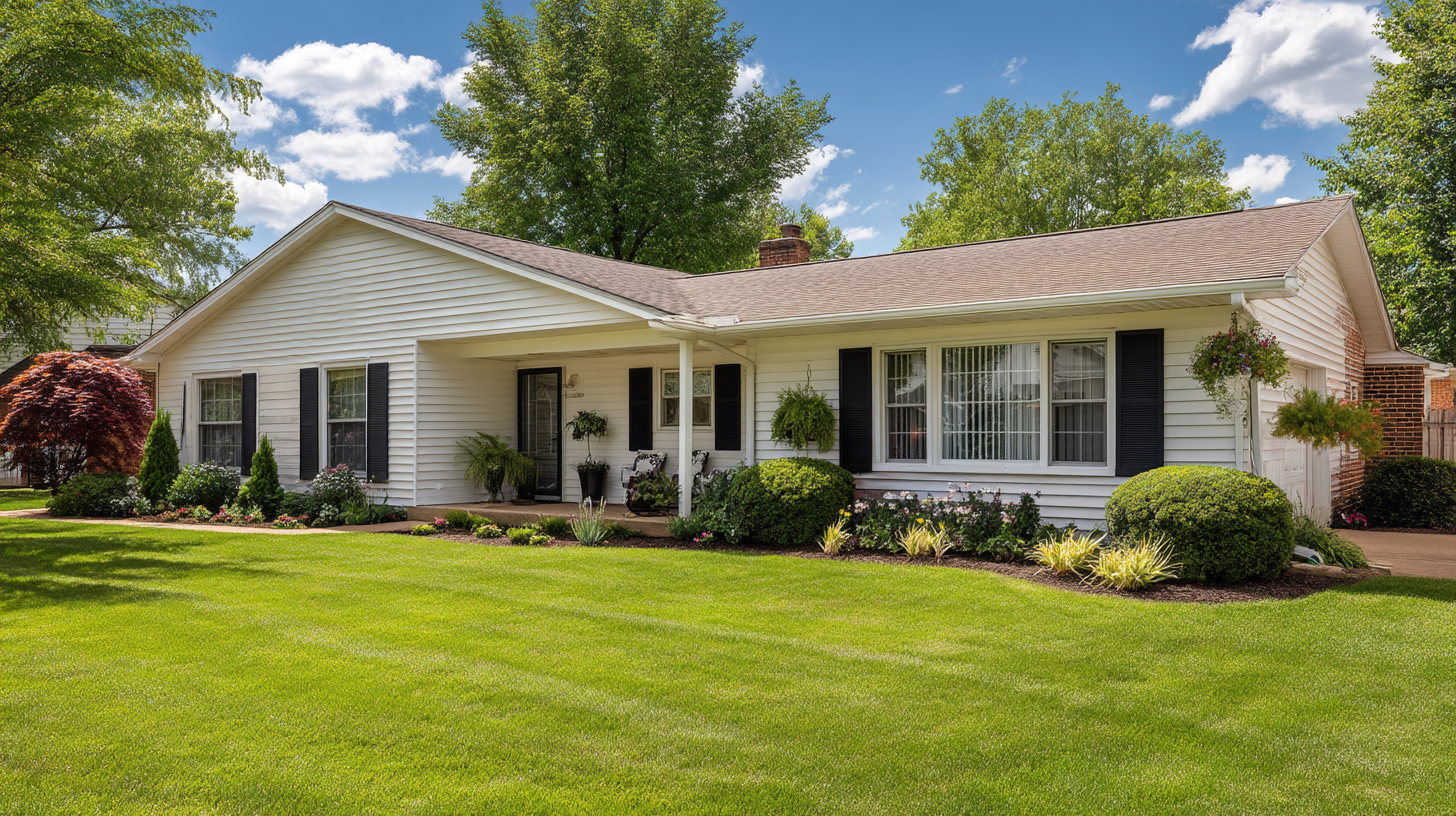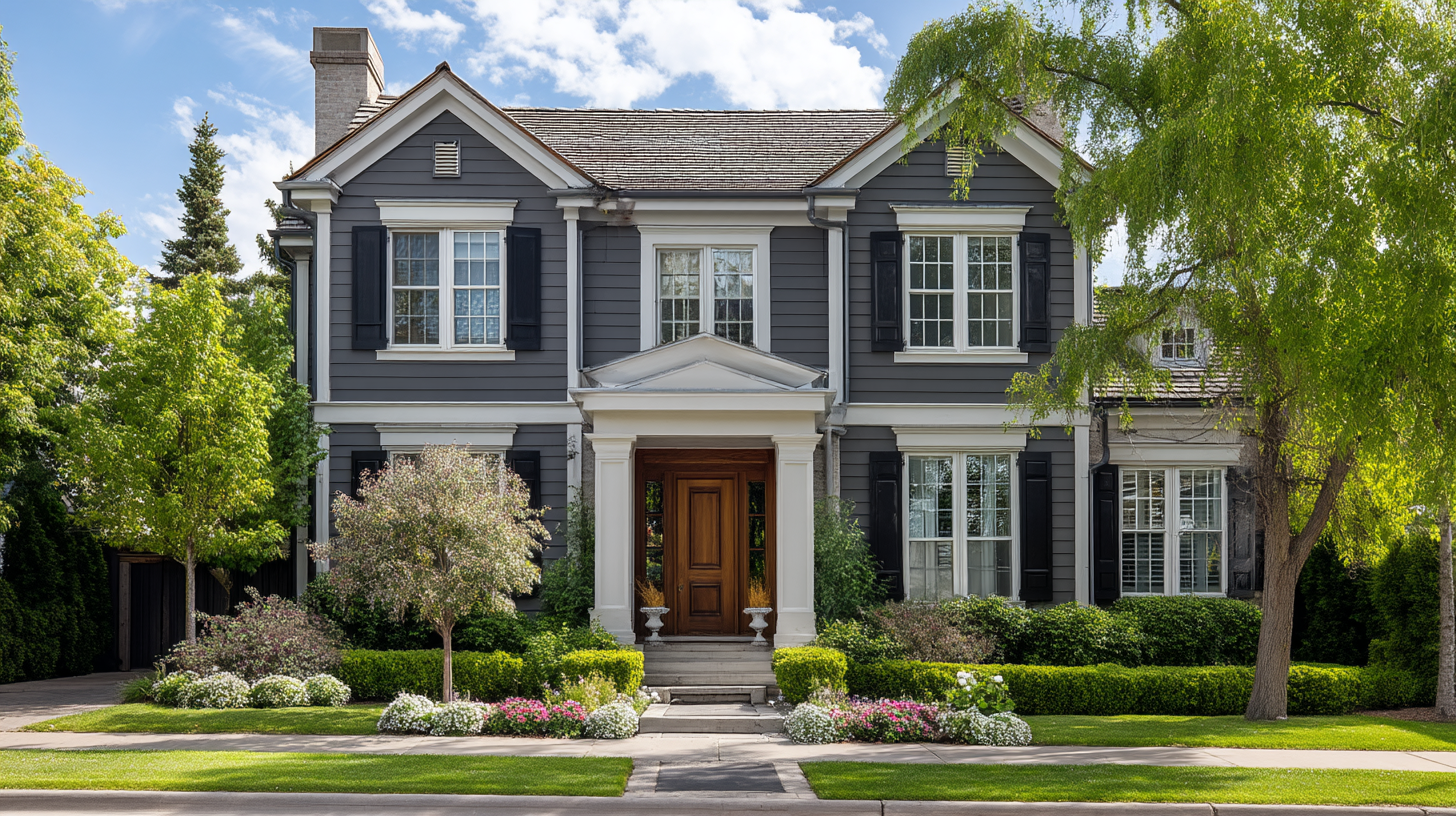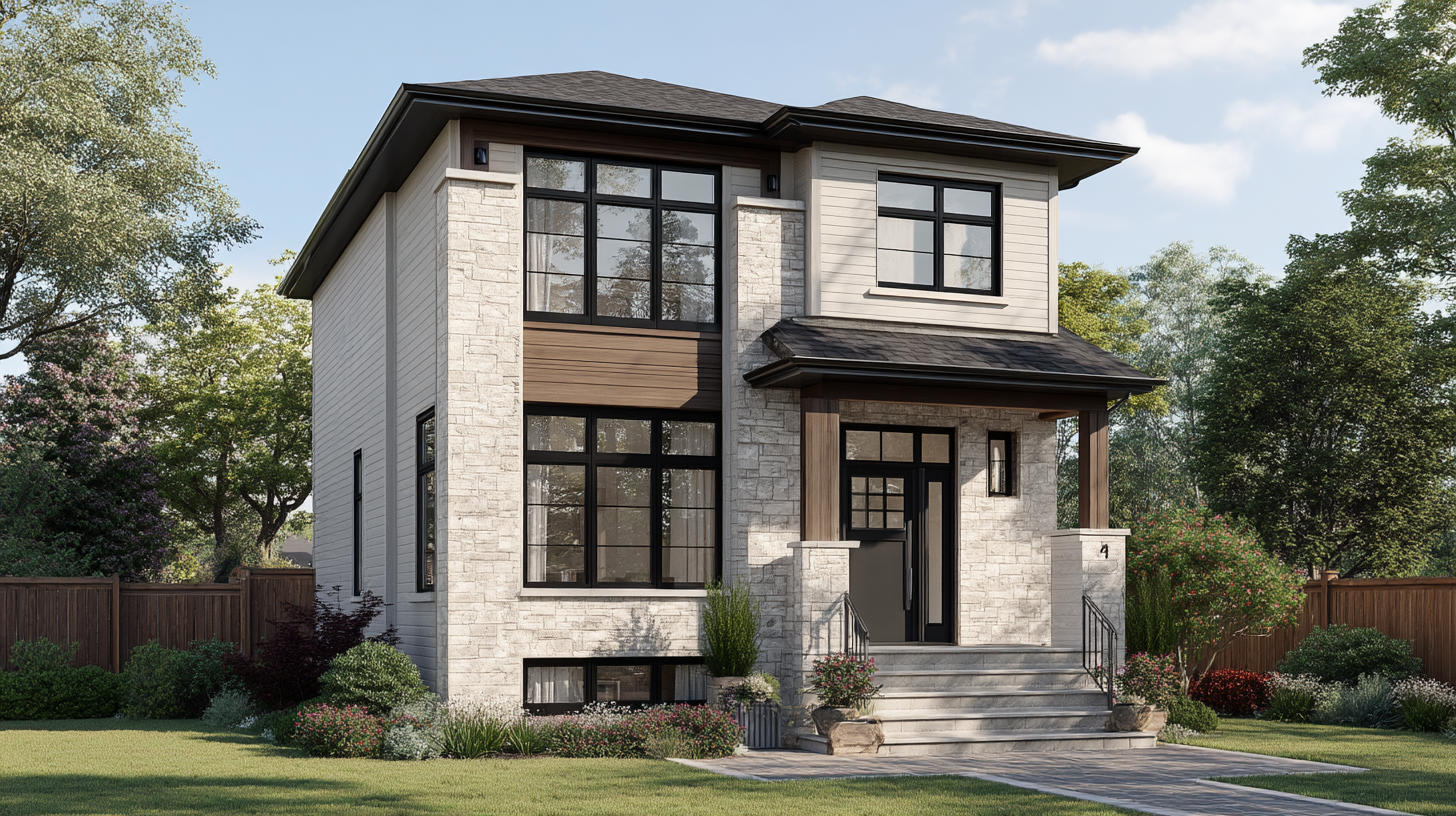Partnered with #1 ADU Builders
Contact Golden State
Drop us a line! We look forward to discussing your next project with you!
Cut the chase! Schedule a face-to-face virtual meeting with us today to dive into your project's next steps.
For our returning clients, experience our streamlined, contact-free project proposal process. Simply fill out our short project questionnaire, and we'll deliver your project proposal within 72 hours.
Contact Us:
Follow Us:

- Golden State Design & Engineering
- Comment 0
Do Civil Engineers Build Houses? What Homeowners and Developers Need to Know
When you’re planning to build a home in California, whether it’s a custom residence, an ADU, or a multi-lot development, it’s crucial to understand who does what in the construction process. One of the most common questions we hear is, do civil engineers build houses?
The answer isn’t a simple yes or no. While civil engineers play a critical role in residential development, their responsibilities are focused more on site planning, infrastructure projects, and compliance than on architectural design or hands-on building. At Golden State Design & Engineering (GSDE), we help homeowners, developers, and contractors navigate every phase of a project with expert engineering support tailored to California’s unique terrain and building codes.
Let’s explore what civil engineers actually do on housing projects, where their work ends, and how they collaborate with other engineers, architects, and contractors to make your vision a reality.
What Civil Engineers Actually Do in the Homebuilding Process

The Core Role of Civil Engineers
Civil engineers plan, design, and oversee the physical infrastructure that supports residential and commercial construction. Their work focuses on land development, water systems, drainage, grading, and utility planning, foundational aspects that must be addressed before a home can be built. On construction sites, they ensure the land is safe, accessible, and properly equipped to support a structure.
Unlike structural engineers, who design buildings and their load-bearing systems, or mechanical engineers, who handle HVAC and plumbing systems, civil engineers are responsible for the larger site and community-scale systems, including infrastructure projects such as roads, bridges, and schools.
Planning and Design Services
Civil engineers create detailed plan design documents that outline how a piece of land will be transformed. These include:
- Grading plans that manage slope, runoff, and earth movement
- Drainage plans for stormwater control
- Utility layout plans for sewer, water, gas, and electricity
- Access plans for driveways, sidewalks, and fire department routes
- Subdivision layouts for multi-lot residential developments
These designs are often produced using computer aided design (CAD) software and other tools, which allow engineers to simulate drainage flows, terrain changes, and utility networks, helping provide accurate cost estimates and feasibility assessments.
Working With Local Governments and Regulations
Every city or county in California has its own set of building codes, environmental regulations, and permit requirements. Civil engineers work directly with local governments to ensure that your project complies with all current laws. This includes submitting reports, responding to comments, and making plan revisions based on agency feedback.
At GSDE, our familiarity with municipal workflows in places like Sacramento, Folsom, San Jose, and El Dorado Hills allows us to anticipate and address issues before they become delays.
Infrastructure and Environmental Responsibilities
One of the primary responsibilities of civil engineers is managing the infrastructure that makes a home viable. This includes water systems, erosion control, flood protection, site access, and security measures to protect the construction site and future residents. A poorly graded site or a flawed drainage system can lead to foundation issues, standing water, and even legal problems. Civil engineers mitigate these risks by designing systems that align with both engineering best practices and environmental stewardship.
They also help minimize the environmental impact of construction by implementing low-impact development strategies like permeable paving, bioswales, and detention basins.
What Civil Engineers Do Not Do

They Don’t Design Houses
While civil engineers design infrastructure, they do not typically design houses or handle architecture. Tasks like developing floor plans, choosing building materials, and shaping the look and feel of a home fall to licensed architects or building designers. Architects focus on the vertical structure, civil engineers focus on the land it’s built on.
Some confusion arises because civil engineers may be involved early in planning, but their work does not include how the interior of a home is arranged or how it appears aesthetically.
They Are Not General Contractors
Civil engineers do not typically act as contractors. They don’t manage construction crews, purchase building materials, or coordinate day-to-day labor on site. That role is handled by licensed general contractors who are responsible for constructing the actual building.
That said, civil engineers may oversee certain aspects of site work to ensure that grading, drainage, and utilities are installed according to the approved plans. This protects your investment and helps avoid costly corrections later.
They Don’t Handle Structural or Mechanical Systems
The internal skeleton of your home, its beams, columns, and foundation, is the domain of structural engineers. Mechanical engineers, on the other hand, are responsible for heating, ventilation, air conditioning, and plumbing systems. These roles are highly specialized and require separate training, state licensure, and experience with different systems.
When Do Civil Engineers Build Houses?
While it’s not common, there are scenarios where civil engineers may be involved in building houses more directly.
Dual-Licensed Professionals
Some civil engineers pursue both a bachelor’s degree in engineering and later obtain a contractor’s license. In these cases, they may offer design-build services where they plan the site, handle permitting, and manage construction. This combination can be useful for small projects or remote sites, but it’s relatively rare due to the broader range of responsibilities and liabilities involved.
Owner-Build Projects
In more rural parts of California or on small-scale builds like cabins or tiny homes, a civil engineer may take on additional duties if no other professionals are involved. However, most urban and suburban areas require specialized professionals for each role, especially in jurisdictions with strict building codes.
Integrated Design-Build Firms
At GSDE, we operate within a collaborative model where civil engineers, structural engineers, and permitting experts work together under one roof. While we do not build houses in the literal sense, we ensure every project is planned and engineered correctly from the ground up, eliminating friction between disciplines and streamlining approvals.
Why Civil Engineers Are Critical to Building Safe and Compliant Homes

Preventing Costly Mistakes
Grading errors, poor drainage, and utility conflicts are among the most expensive mistakes in residential construction. These issues often don’t appear until after construction is complete, leading to foundation damage, mold, or utility failures. Civil engineers prevent these issues with proper plan design and coordination from day one.
Reducing Permit Delays
California’s permitting process is notoriously complex. Cities like San Jose and Sacramento have strict requirements for stormwater compliance, utility connections, and environmental protection. Civil engineers are instrumental in preparing permit-ready plans and responding to local government agency reviews. This saves both time and money for homeowners and developers.
Supporting Sustainability and Long-Term Value
Good engineering isn’t just about getting the permit, it’s about building for the future. Civil engineers design systems that reduce environmental impact, conserve resources, and protect your property over time. From managing water systems to minimizing grading disturbance, their work ensures that your home fits naturally into its environment.
Real-World Applications in California
Custom Home in El Dorado Hills
In a hillside custom home project in El Dorado Hills, GSDE’s civil engineering team was brought in early to assess grading challenges. The steep terrain required extensive plan design to stabilize slopes and manage stormwater runoff. Our engineers developed a tiered grading solution and integrated retaining structures that passed county review on the first submittal.
ADU in Sacramento
A homeowner in Sacramento wanted to add an ADU in a tight urban lot. The main challenge was trenching for utilities without disrupting the primary residence. GSDE’s civil engineers created a utility routing plan that met city code and avoided existing facilities, streamlining approval and reducing excavation cost.
Education and Qualifications for Civil Engineers

Required Training and Skills
Most civil engineers hold a bachelor’s degree in civil engineering or a related field, with coursework in mathematics, structures, materials, and computer aided design. Many go on to earn a Professional Engineer (PE) license, which involves several years of supervised experience, passing exams, and obtaining state licensure.
Key competencies include:
- Decision making skills for resolving conflicts on complex projects
- Communication skills to coordinate with clients, architects, and city agencies
- Leadership in guiding teams and managing timelines
- A deep understanding of regulations, safety, security, and environmental design
Career Outlook
According to recent labor statistics, the average growth rate for civil engineering jobs remains strong across California, especially in housing-driven regions like the Bay Area and the Central Valley. With increasing demand for housing and climate-resilient infrastructure, civil engineers will continue to play a vital role in residential development.
Frequently Asked Questions
Do civil engineers build houses?
Civil engineers don’t usually build houses in the traditional sense. They prepare the land, utilities, and drainage systems that support a house, but the building itself is designed by architects and constructed by contractors.
Can civil engineers design houses?
Not typically. They may collaborate with architects and provide site-specific input, but they do not design buildings or create architectural plans.
Are civil engineers involved in the construction process?
Yes, civil engineers are actively involved in the construction process, especially during site preparation, utility installation, and inspections. However, they are not responsible for managing labor or installing building components.
What is the difference between civil and structural engineers?
Civil engineers focus on the site, grading, drainage, and utilities. Structural engineers focus on designing the framework that supports the building, such as beams, foundations, and structural connections.
Do I need a civil engineer for my residential project?
Yes, especially if your project involves grading, drainage, stormwater systems, or utility design. Civil engineering plans are often required for building permits in California.
Final Thoughts: Building Smarter Starts with the Right Team
So, do civil engineers build houses? Not exactly, but without them, building would be nearly impossible. From the moment you select a lot to the day construction wraps, civil engineers make sure the site is safe, buildable, and fully compliant with regulations.
At GSDE, we integrate civil engineering, structural engineering, and permitting expertise to support homeowners, developers, and builders throughout California. Whether you’re breaking ground on a custom home in Folsom, adding an ADU in Sacramento, or developing a subdivision in San Jose, we’re here to help you succeed.
Ready to Get Started?
Let’s talk about your residential project. Contact Golden State Design & Engineering today to schedule a consultation. Our team will help you plan, design, and build smarter, from the ground up.
#NAICS’s:
- 541310 Architectural Services &
- 541330 Engineering Services
DUNS NO:
- 119132267
#SIC’s
- 8712 Architectural Services &
- 8711 Engineering Services
Cage #
- 9R4L5
#UNSPSC’s:
- 81101500, 81101502, 81101505, 81101508, 81101526, 81101533, 81101522

